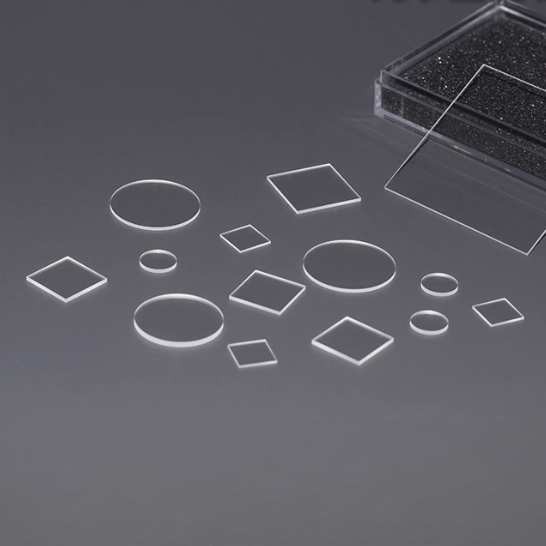
Optical Materials
Infrared Transmission Coating Sapphire Sheet Substrate Window
Item Number : KTOM-ISS
Price varies based on specs and customizations
- Product tickness
- 0.1-10mm
- Translucent band
- 185-5000nm
- Surface finish
- 60/40 (both sides polished)
Shipping:
Contact us to get shipping details Enjoy On-time Dispatch Guarantee.
Why Choose Us
Reliable PartnerEasy ordering process, quality products, and dedicated support for your business success.
Introduction
High-quality optical-grade sapphire wafers available in 2", 4", and 6" sizes with ultra-thin 0.05 mm thickness. Ideal for optics, semiconductors, and precision applications.
We offer full customization on size, thickness, surface finish, and crystal orientation to meet your exact requirements. With excellent hardness, thermal resistance, and chemical stability, sapphire is perfect for use in demanding environments.
Detail & Parts

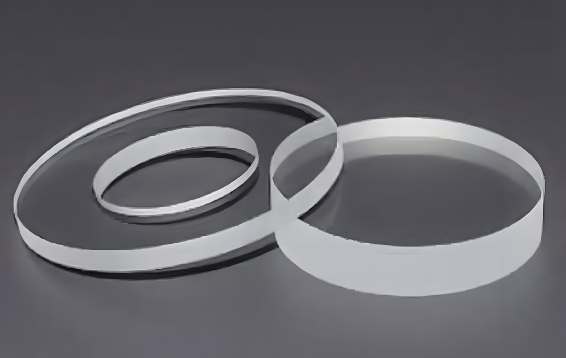
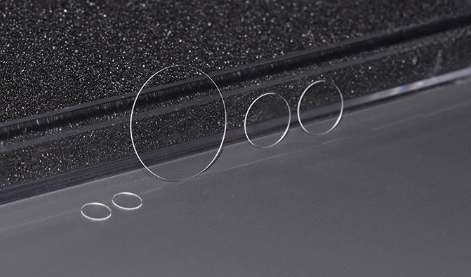

Sapphire material properties
- Hardness & Durability: Second only to diamond, super-hard, pressure - and wear-resistant. In harsh scenarios (explosion-prone, deep - diving, high - speed), sapphire windows protect equipment, with a lifespan often exceeding the main device.
- Optical Property: Transmits light from near - UV to mid - far infrared, a multi - spectral material. Reduces equipment size/load, and with pressure & high - temperature resistance, suits detection, laser, aviation, etc.
- Cost - effectiveness: Due to above traits, its window offers far higher cost - effectiveness than others over service life.
Provide customized services
Through the implementation of innovative and state-of-the-art melting processes, we have acquired extensive expertise in the development and manufacture of quality glass products, offering a wide range of optical glass products for a variety of commercial, industrial and scientific applications. The company provides various specifications of optical glass such as raw glass, cut parts and finished components, and cooperates closely with customers to customize products according to customer needs. With an unwavering commitment to quality, we ensure our customers receive the perfect solution tailored to their requirements.
For further quotations, please contact us.
FAQ
What Are The Main Types Of Glass Substrates?
What Is Soda-lime Glass Used For?
What Is Optical Glass Used For?
What Are The Advantages Of Using Sapphire Substrates?
What Is The Composition Of Optical Glass?
Why Is Boroaluminosilicate Glass Suitable For Laboratory Glassware And Cooking Utensils?
What Are The Most Common Optical Glasses?
What Are The Applications Of Optical Quartz Glass Sheets?
What Makes K9 Glass Special?
What Is A CaF2 Window Used For?
What Are The Properties Of Magnesium Fluoride Crystal Substrates?
What Is Silicon Used For In The Near-infrared Range?
What Are Glass Vibration Beads Used For In Laboratories?
4.9
out of
5
Astounding! The sapphire sheet's clarity and transmission in the infrared range are beyond compare. It's a game-changer for our optical experiments.
4.7
out of
5
The coating on this sapphire substrate is top-notch. It provides excellent corrosion resistance, making it perfect for our harsh lab environment.
4.8
out of
5
The optical quality of this sapphire window is remarkable. It offers exceptional transmission in the UV and near/mid-IR regions, enabling precise measurements in our spectroscopy setup.
4.6
out of
5
The durability of this sapphire substrate is impressive. It withstands high temperatures and resists scratches, ensuring longevity in our demanding research applications.
4.9
out of
5
The craftsmanship of this sapphire glass is impeccable. The polished surface and low RMS roughness provide exceptional clarity and minimize optical distortion.
4.7
out of
5
The chemical resistance of this sapphire substrate is outstanding. It's impervious to acids and alkalis, making it ideal for our corrosive environment.
4.8
out of
5
The optical properties of this sapphire window are remarkable. The high refractive index and low birefringence ensure accurate and reliable measurements in our optical setups.
4.6
out of
5
The thermal conductivity of this sapphire substrate is exceptional. It efficiently dissipates heat, preventing thermal distortions and ensuring stable performance in our high-power laser applications.
4.9
out of
5
The clarity of this sapphire sheet is breathtaking. It allows for pristine image transmission in our advanced imaging systems.
4.7
out of
5
The scratch resistance of this sapphire substrate is remarkable. It maintains its optical integrity even under harsh conditions, ensuring long-lasting performance in our demanding applications.
4.8
out of
5
The transmission quality of this sapphire window is exceptional. It minimizes signal loss and ensures accurate data acquisition in our spectroscopy experiments.
4.6
out of
5
The high temperature resistance of this sapphire substrate is impressive. It withstands extreme temperatures without compromising its structural integrity, making it ideal for our high-energy laser applications.
4.9
out of
5
The low RMS roughness of this sapphire glass is remarkable. It minimizes surface scattering and ensures pristine image quality in our advanced microscopy setup.
4.7
out of
5
The fast delivery of this sapphire substrate was a lifesaver. It arrived just in time for our crucial experiment, preventing any delays in our research.
4.8
out of
5
The value for money of this sapphire window is unbeatable. Its exceptional optical properties and durability make it worth every penny.
4.6
out of
5
The technological advancement embodied in this sapphire substrate is remarkable. It pushes the boundaries of optical performance and opens up new possibilities for our research.
REQUEST A QUOTE
Our professional team will reply to you within one business day. Please feel free to contact us!
Related Products
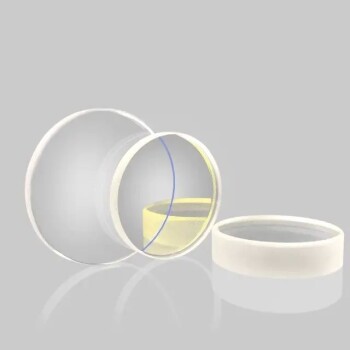
Optical Window Glass Substrate Wafer Sheets Zinc Sulfide ZnS Window
Optics Zinc Sulphide (ZnS) Windows have an excellent IR transmission range between 8-14 microns.Excellent mechanical strength and chemical inertness for harsh environments (harder than ZnSe Windows)
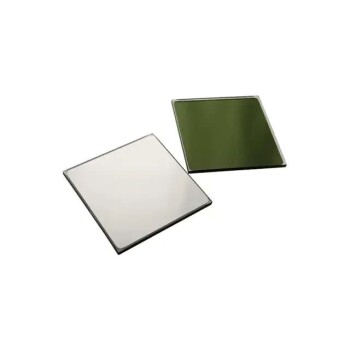
Optical Window Glass Substrate Wafer Single Double Sided Coated K9 Quartz Sheet
K9 glass, also known as K9 crystal, is a type of optical borosilicate crown glass renowned for its exceptional optical properties.

Optical Window Glass Substrate Wafer Barium Fluoride BaF2 Substrate Window
BaF2 is the fastest scintillator, sought-after for its exceptional properties. Its windows and plates are valuable for VUV and infrared spectroscopy.
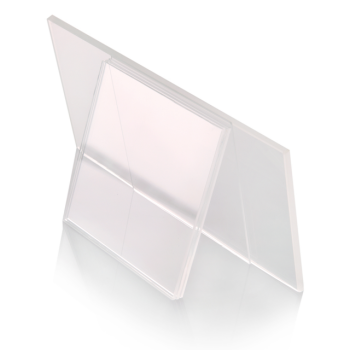
Optical Window Glass Substrate Wafer Quartz Plate JGS1 JGS2 JGS3
The quartz plate is a transparent, durable, and versatile component widely used in various industries. Made from high-purity quartz crystal, it exhibits excellent thermal and chemical resistance.
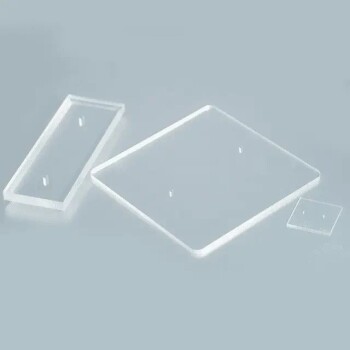
MgF2 Magnesium Fluoride Crystal Substrate Window for Optical Applications
Magnesium fluoride (MgF2) is a tetragonal crystal that exhibits anisotropy, making it imperative to treat it as a single crystal when engaging in precision imaging and signal transmission.
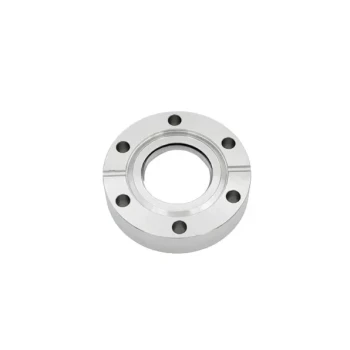
CF Ultra-High Vacuum Observation Window Stainless Steel Flange Sapphire Glass Sight Glass
Discover CF ultra-high vacuum observation windows with sapphire glass and stainless steel flanges. Ideal for semiconductor manufacturing, vacuum coating, and more. Clear observation, precise control.
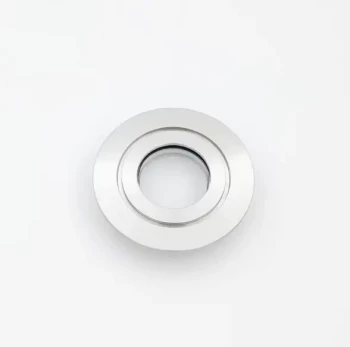
KF Ultra-High Vacuum Observation Window Stainless Steel Flange Sapphire Glass Sight Glass
Discover the KF Ultra-High Vacuum Observation Window, featuring sapphire glass and stainless steel flange for clear, reliable observation in ultra-high vacuum environments. Ideal for semiconductor, vacuum coating, and scientific research applications
Related Articles

Optical Quartz Plate: A Comprehensive Guide to Applications, Specifications, and Usage
Discover the versatility of optical quartz plates, exploring their uses in various industries, key specifications, and factors that differentiate them from glass. Gain insights into their applications in ultraviolet transmission, precision optics, and more.

Unveiling the Exceptional Properties and Applications of Optical Quartz Plates
Discover the remarkable characteristics and diverse applications of optical quartz plates, including their superior ultraviolet transmission, thermal stability, and use in lenses, lighting devices, and semiconductor manufacturing.

Unlocking the Power of Optical Quartz Plates: Applications and Benefits
Delve into the world of optical quartz plates, exploring their exceptional properties, diverse applications in industries like optics, electronics, and more. Discover their advantages, including low thermal expansion, high temperature resistance, and precise optical clarity.

Revolutionize Your Spectroscopy Analysis with FTIR Pellet Press
FTIR (Fourier Transform Infrared) spectroscopy is a widely used technique to analyze the chemical composition of various materials. This method is particularly useful for samples that are difficult to analyze using other techniques.

Optical Window Sheet Selection Guide
A comprehensive guide on selecting optical window sheets based on substrate material, optical and mechanical precision, and coating options.

The Rise of Glass Substrates in Advanced Semiconductor Packaging
Explores the shift towards glass substrates in advanced semiconductor packaging, their advantages, and challenges.

Understanding Fused Silica: Properties, Applications, and Advantages
An in-depth look at fused silica, its unique properties, and its diverse applications in various industries.

Optical Components: Window Sheets and Their Applications
An overview of various types of optical window sheets, their materials, precision, and coating options.

Comprehensive Guide to Optical Windows: Material Properties and Surface Specifications
This article delves into the properties and specifications of optical windows, focusing on material properties, surface quality, and anti-reflection coatings.

Infrared Bands and Window Selection for Hypersonic Vehicles
Explores the challenges and solutions in selecting infrared bands and window materials for hypersonic vehicles, focusing on imaging and guidance systems.

Electron Beam Evaporation: Advanced Thin Film Creation
Explores the technology and applications of electron beam evaporation in thin film production.

Common Optical Materials and Their Properties
An overview of various optical materials, their properties, and applications across different spectral ranges.